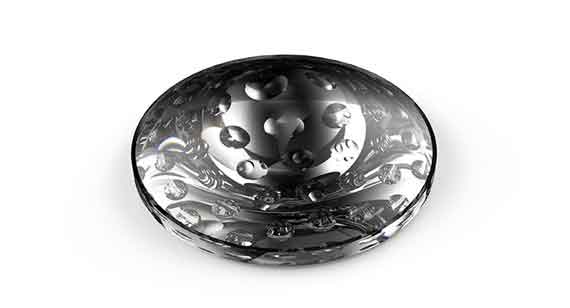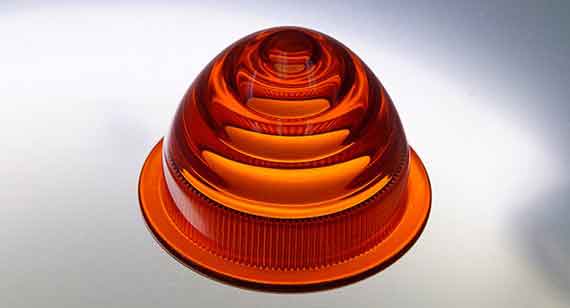The ability of plastics to perform optically depends on a combination of material, shape, and internal clarity. To determine whether they can be made using the China Metal Parts process, you’ll need to understand our capabilities.
Our rapid injection molding process is specifically designed to produce very good injection molded parts, quickly and cost-effectively. It is uniquely suited to most prototyping applications and many production applications as well. In some optical applications, however, performance can be impaired by small flaws that would not ordinarily be a problem. Small imperfections like internal bubbles, minor surface irregularities, flow lines in thin sections, suspended particles, gate vestiges, and slight knit lines would have negligible impact on the function and even the cosmetics of most parts. But since they can affect the passage of light through clear resins, they can seriously impact the functionality of optical components.

Some of these imperfections may be preventable through careful design, but others may be unavoidable. For example, a widely-used clear resin (like a polycarbonate) shrinks significantly as it cools. This increases the likelihood of internal bubbles and can disrupt the passage of light through a part. Similarly, while uniformity in part thickness helps moldability, lenses often require variations in thickness and these can create flow problems or lead to sink as the part cools. And because China Metal Parts does not offer precision grinding on mold finishes, part surfaces may be less than optically perfect.
While the China Metal Parts process includes several steps designed to identify and head off problems, they are not designed to identify optical issues. In fact, China Metal Parts has no way of knowing that the part being analyzed will have an optical function, so while the design analysis included in ProtoQuote can identify molding problems, it may accept parts with optical flaws as perfectly moldable. China Metal Parts also does resin-flow analysis, which considers choice of resin in detecting potential mold-fill problems; however, like ProtoQuote, this analysis cannot anticipate potential optical flaws.

High-quality optical production requires specialized facilities and handling. At China Metal Parts, parts are produced in an open manufacturing area where there is potential for minor particle contamination that could impact optical performance. Also, we do not offer special packaging to protect optical-quality surfaces in transit. Nonetheless, we do successfully produce optical parts for clients who understand the limits of our process.
Despite its limitations, rapid injection molding can be useful in prototyping optical components even if the prototypes may not have all the optical properties of production parts. Optical properties are generally predictable and may not need prototyping, but those parts may still need to be tested for fit and structural integrity. And, for those who can work within its limitations, rapid injection molding may be suitable for producing some optical parts (and cost as much as 90 percent less than traditional tooling).
If you have questions about the suitability of the China Metal Parts process for your optical parts, contact an applications engineer at +86-755-27311095.
